您的购物车目前是空的!
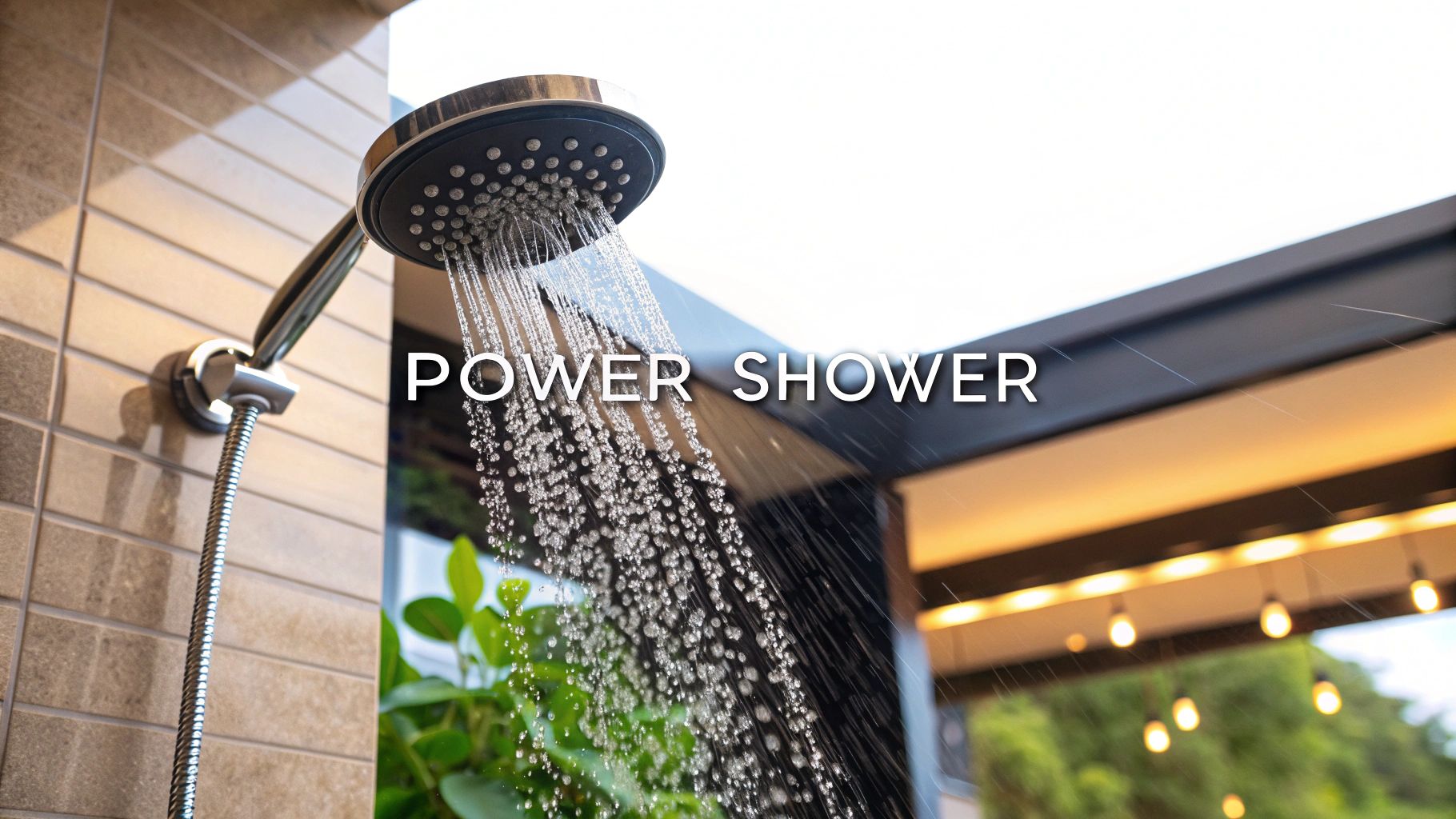
How to Increase Water Pressure in a Shower: Easy Tips & Fixes
There’s nothing worse than starting your day with a weak, trickling shower. Before you start looking at expensive new hardware or calling a plumber, let's play detective. The real first step is figuring out why the pressure is so low in the first place.
More often than not, the problem is simpler than you’d think. Pinpointing the root cause is the key to finding the right fix without wasting time or money.
Why Is My Shower Pressure So Low?
The good news is that if your bathroom sink is still running strong while the shower is weak, the issue is almost certainly localized. This means the culprit is probably somewhere in the showerhead itself or its immediate plumbing—something you can likely fix on your own.
Common Culprits Behind a Weak Shower
Mineral buildup is the most frequent offender, especially if you live in an area with hard water. Over time, tiny deposits of calcium and magnesium create a crusty scale that clogs the little spray nozzles on your showerhead. Think of it like arteries getting clogged; the path for the water gets narrower and narrower, strangling the flow.
Another surprisingly common issue is a partially closed valve. Your home has a main water shut-off valve, but your shower often has its own individual valve hidden behind the handle plate. If either of these wasn't fully cranked open after a past repair, it could be the simple reason your pressure is suffering.
Pro Tip: A quick way to tell if the problem is just your shower or your whole house is to turn on another faucet, like the one in your kitchen. If the pressure is weak everywhere, the issue probably lies with your main water supply. But if it's just the shower, you can focus your efforts right there.
Finding the Right Solution
To save you a headache, paying attention to the symptoms is everything. A sudden, dramatic drop in pressure often points to a new clog or a valve that got bumped. On the other hand, a slow, gradual decline over several months is a classic sign of mineral buildup.
To get you on the right track faster, I've put together this quick diagnosis table. Just match your shower's behavior to the likely cause to find your next step.
Quick Diagnosis Common Causes of Low Shower Pressure
Use this table to match your symptoms with potential causes and find the right fix faster.
| Symptom | Likely Cause | Recommended First Step |
|---|---|---|
| Water sprays in odd directions or just trickles out | Clogged Showerhead | Deep clean the showerhead to remove mineral deposits. |
| Pressure is low in the shower but fine elsewhere | Shut-Off Valve or Flow Restrictor | Check the shower's specific valve and consider removing the flow restrictor. |
| All faucets in the house have low pressure | Main Water Valve or Municipal Supply | Ensure your home's main water valve is fully open. |
| Pressure dropped after recent plumbing work | Partially Closed Valve | Check both the main and shower-specific valves to ensure they are fully on. |
Once you've got a good idea of what's going on, you'll know exactly where to focus your energy. Let's dive into the fixes.
Easy DIY Fixes for Your Showerhead
If your shower has slowly turned from a powerful spray into a disappointing drizzle, don't rush to call a plumber just yet. The most common culprit is often the simplest to fix: mineral buildup. This is especially true if you live in an area with hard water, where your supply is packed with dissolved minerals like calcium and magnesium.
Over months and years, these minerals form a crusty, stubborn scale inside your showerhead, slowly choking off the flow. Each tiny nozzle gets progressively clogged, which is why you might see water spraying in odd directions or barely trickling out. The good news? A deep clean can often fully restore your shower's power, and it costs next to nothing.
Tackling Mineral Buildup Head-On
The first—and most effective—fix is giving that showerhead a good, deep clean to clear out all the sediment and mineral gunk that’s clogging the nozzles. The whole process is incredibly simple: you just detach the showerhead, soak it in a basic vinegar solution to dissolve all that buildup, and then give it a quick scrub. It's a cost-effective DIY fix that can make a massive difference, especially if you're dealing with hard water.
To get started, you’ll need to carefully detach the showerhead from the shower arm. Most can be unscrewed by hand, but if it’s on there tight, you might need an adjustable wrench. Just remember to wrap a cloth around the fixture first to avoid scratching that nice finish.
This first step is the key to getting a truly thorough clean.
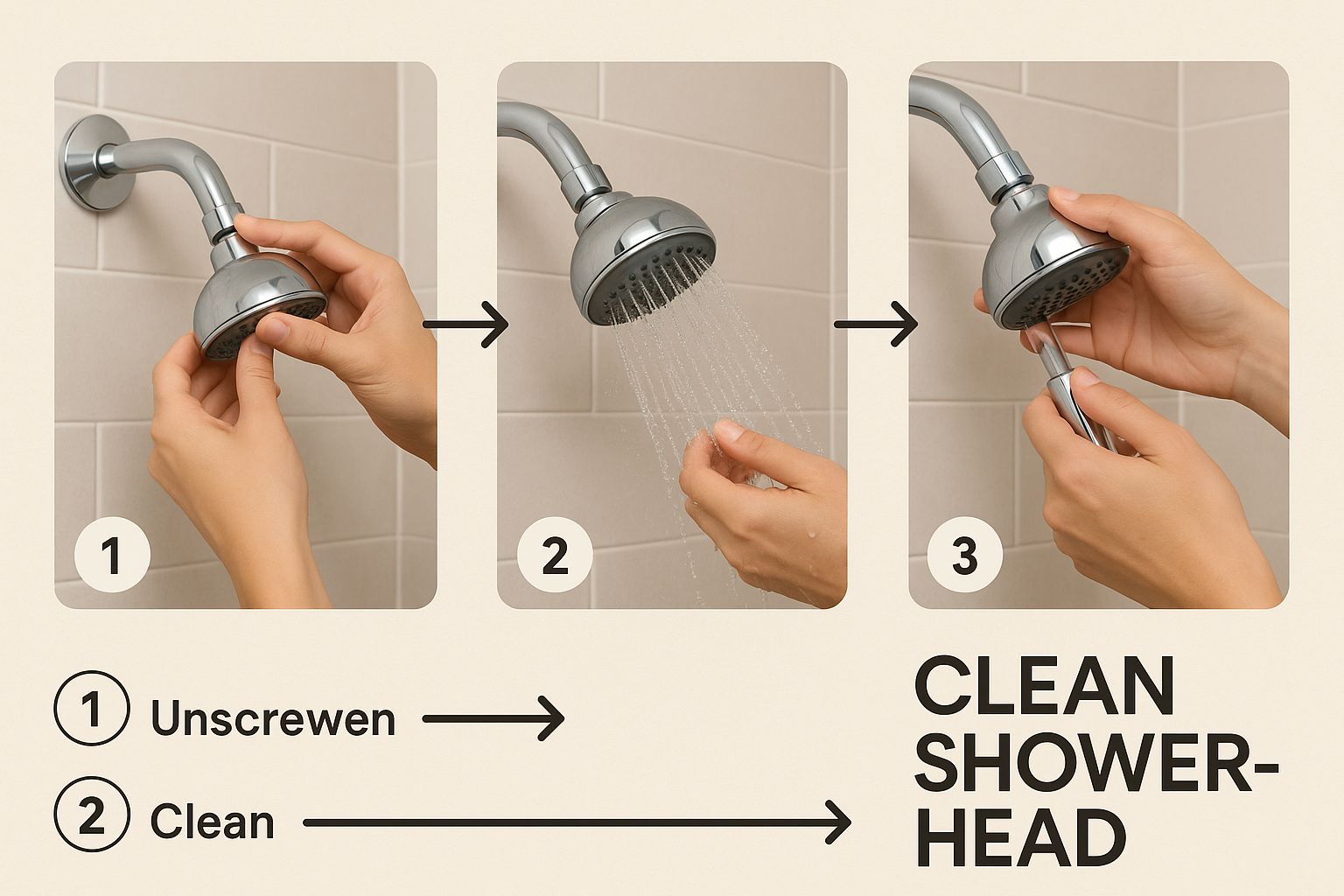
Physically removing the head lets you get into all the nooks and crannies, which is what really restores the pressure.
The Soaking and Scrubbing Process
Once the showerhead is off, the magic ingredient you'll need is plain old white vinegar. Its natural acidity is perfect for dissolving all those calcium and magnesium deposits without being harsh enough to damage the fixture.
Here's how to get it done:
- Soak the Showerhead: Find a bowl or bucket, place the showerhead inside, and pour in enough white vinegar to completely cover it. Let it soak for at least a few hours. If the buildup is really bad, leaving it overnight is your best bet.
- Scrub the Grime: After it has soaked, grab a small brush—an old toothbrush works perfectly—and scrub the nozzles and faceplate. You’ll see the loosened mineral gunk flake away pretty easily.
- Clear Stubborn Clogs: For any blockages that are still hanging on, a toothpick or a paperclip is your friend. Gently poke into each little spray hole to clear out the last bits of debris.
- Rinse and Reinstall: Finally, give the showerhead a thorough rinse with warm water, inside and out, to wash away the vinegar and debris. Screw it back onto the shower arm, and you're ready to test out your newly revived water pressure.
Key Takeaway: This simple cleaning routine is one of the most effective fixes for weak water pressure. If you notice it starting to drop again after a year or so, you'll know exactly what to do. For a more detailed walkthrough, check out our complete guide on how to clean a shower head.
Check Your Valves and Remove the Flow Restrictor
If a deep clean didn't bring your shower back to life, it's time to look at a couple of other common culprits. These two are often overlooked but can absolutely strangle your water flow: your water valves and a tiny little gadget hiding inside your showerhead.
Before you start worrying about a massive plumbing disaster, it's worth checking that your water valves are completely open. I know, it sounds almost too basic, but you'd be surprised how often this is the problem, especially after a recent repair or if you've just moved into a new place. A valve that’s even a quarter-turn shy of fully open can put a real damper on your shower's force.
Locate and Inspect Your Water Valves
Your home has two main valves you'll want to get eyes on. The first is your home's main water shut-off valve, which is the master control for all the water coming into your house. You'll usually find it where the main water line enters your property—think basement, crawl space, or a utility closet. You want to make sure that handle is turned all the way counter-clockwise, which means it's wide open.
The second is the shower's own shut-off valve. Sometimes, a dedicated valve for just the shower is tucked away behind the faucet’s decorative plate (the escutcheon). Getting to this one can take a bit more work. If you're already thinking about a bigger project, like swapping out the whole fixture, our guide on how to replace a shower faucet walks you through the entire process.
A Real-World Scenario: Picture this: a plumber came out last month to fix a leaky sink. They might have tweaked the main valve and just forgot to open it all the way back up. That one tiny oversight could be the single reason your shower has felt so weak ever since.
Removing the Water Flow Restrictor
Okay, so your valves are wide open but the pressure is still pathetic. The issue might actually be intentional. To save water and energy, federal rules in the U.S. since the 1990s have required showerheads to limit water flow. To meet these standards, manufacturers pop in a water flow restrictor—a small plastic or mesh disc, often brightly colored—right where your showerhead connects to the pipe.
While it’s a good thing for conservation, this little device is a major reason why modern showers often feel less powerful than the older ones you might remember. If you value strong pressure more than water savings, you can usually take it out pretty easily.
How to Safely Remove the Flow Restrictor:
- Unscrew the Showerhead: First, detach the showerhead from the shower arm. You might need a wrench for this, but wrap the fixture with a cloth first to avoid scratching the finish.
- Locate the Restrictor: Peer inside the threaded end that connects to the pipe. You’re looking for a small plastic disc, sometimes with a little mesh screen on it.
- Pry It Out: Grab a paperclip or a small flathead screwdriver and carefully pry the restrictor out. With a little gentle persuasion, it should pop right out.
- Reinstall and Test: Screw the showerhead back on, turn on the water, and see how it feels. You'll be amazed at the difference. Taking out this tiny part can dramatically increase water pressure in a shower.
Upgrade Your Shower Head for Better Pressure
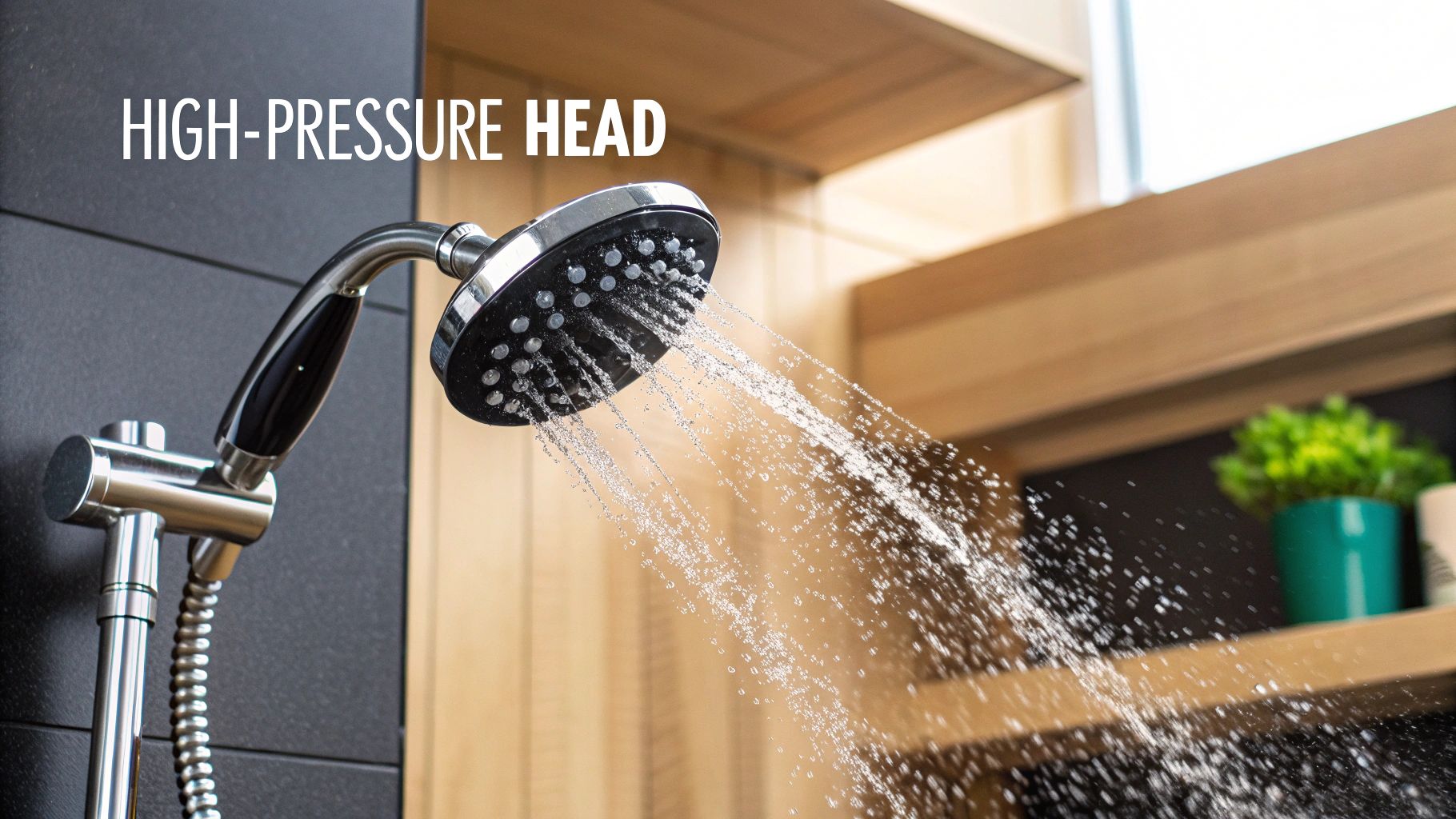
So you've cleaned the nozzles, checked your valves, and the water pressure is still… disappointing. If your shower feels more like a light drizzle than a refreshing spray, the culprit might just be your old hardware. Not all shower heads are made the same, and I’ve seen firsthand how a simple upgrade can completely transform a daily routine.
Modern high-pressure shower heads aren't just about dumping more water. They use smart engineering to make the water you already have feel more powerful. This is how you increase water pressure in a shower without touching your home's actual plumbing.
It's like the difference between a regular garden hose nozzle and the wand on a pressure washer. They both use the same water source, but one is specifically designed to focus that flow into a powerful, satisfying stream.
How Modern Shower Heads Boost Pressure
The magic is all in the engineering. High-pressure models work by manipulating the water flow, often using compression chambers or precisely designed channels that accelerate the water through smaller openings. The result is a spray that feels much stronger than it actually is.
Some of the key technologies you'll come across are:
- Pressure Chamber Designs: These models trap water inside the shower head for a moment, building up internal pressure before releasing it. This creates a more forceful and invigorating spray.
- Optimized Nozzle Patterns: Forget simple pinholes. These heads have carefully arranged nozzles that create a fuller, more enveloping spray, making you feel completely covered even with less water.
- Aeration Technology: Some designs mix air into the water stream. This makes the individual droplets feel larger and more substantial, tricking your skin into sensing higher pressure.
A Note on Water Conservation: It’s a common myth that high-pressure means high water usage. In reality, many of today’s best models are engineered to deliver that powerful spray while staying incredibly efficient. This shift balances user experience with sustainability. For instance, older shower heads could use around 12 liters per minute, but many new water-saving models operate at just 7.4 liters per minute by perfecting their spray patterns.
Don't Overlook the Shower Hose
While the shower head gets all the glory, your shower hose can be a silent pressure killer. An old, kinked, or internally worn-out hose creates a bottleneck, restricting flow before the water even has a chance to reach the head.
If you have a handheld shower, give the hose a good look. See any obvious kinks or leaks? Is it stiff and inflexible? If so, it might have internal blockages you can't even see. Replacing a hose is a quick, inexpensive fix that can make an immediate difference.
For those with an integrated setup, you might think about a full system upgrade. An elegant waterfall rain shower head system not only looks fantastic but also replaces all the old components with new, high-quality parts designed to work together perfectly.
Of course, choosing a new shower head goes beyond just raw pressure. It's interesting to look at the broader context, including the evolving discourse around showerhead efficiency and how regulations have shaped the products available to us. Ultimately, it’s about finding the right balance of performance, design, and efficiency that fits your home and your lifestyle.
Consider a Shower Pump for a Major Boost
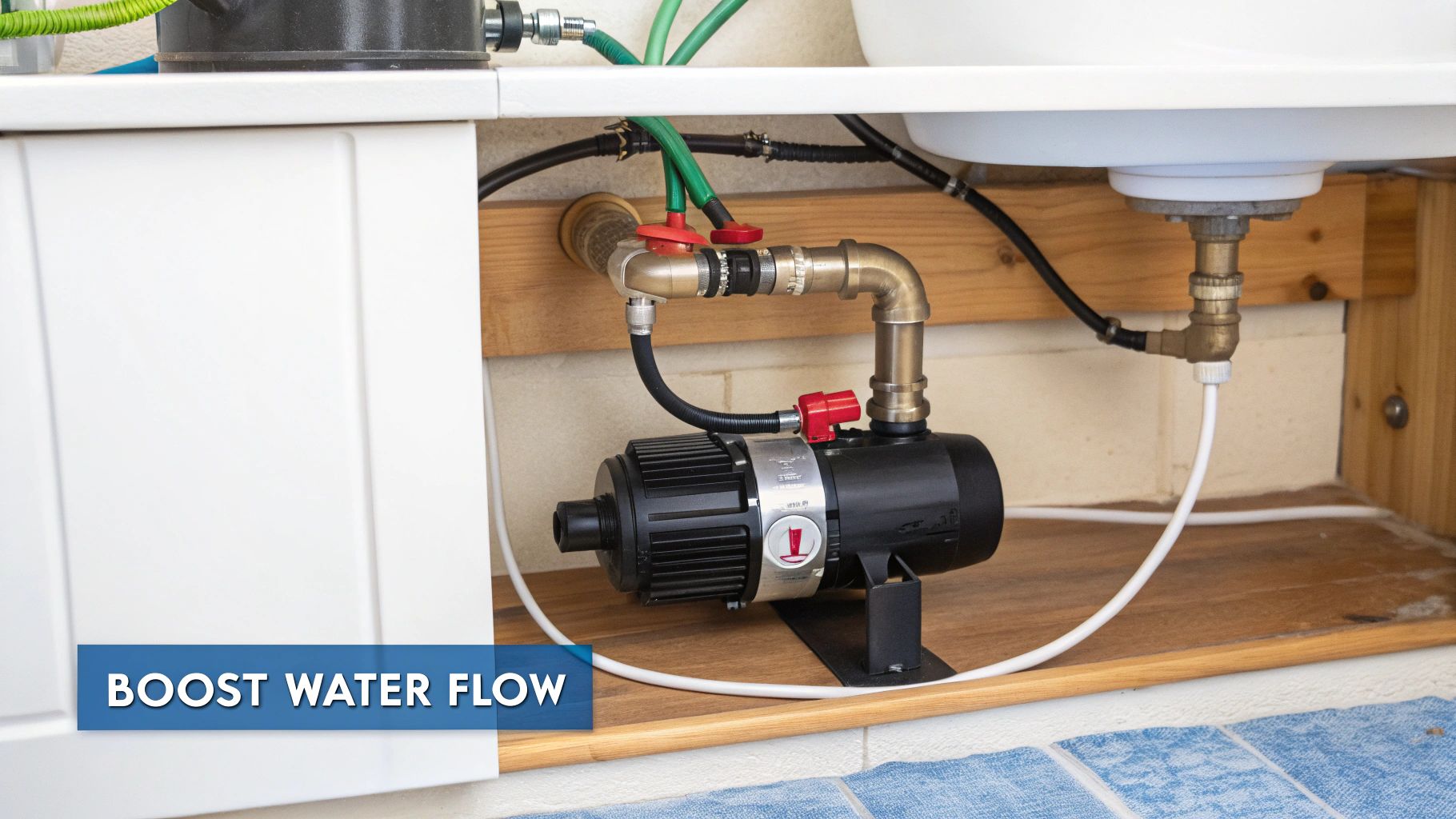
So, you’ve deep-cleaned the showerhead, checked every valve, and maybe even swapped out the hardware, but that weak drizzle persists. When you've tried all the standard fixes with no luck, it might be time to bring in the heavy machinery. A shower booster pump is a much more direct and powerful solution if your home's water pressure is just inherently low.
Think of it as adding a supercharger to your plumbing. A shower pump is a device that actively grabs the water heading to your shower and, using a fast-spinning impeller, forcefully shoves it down the pipe. This physically increases the water pressure, giving you a strong, consistent flow that other fixes just can't match.
Make no mistake, this is a significant step beyond simple adjustments. It’s an active mechanical intervention, designed to tackle the root problem of low system-wide pressure for a truly powerful shower.
When Is a Shower Pump the Right Choice?
A booster pump isn't for every home. It’s specifically designed for certain types of plumbing, most commonly gravity-fed systems. You usually find these in older homes, where a cold water tank (often in the loft) and a hot water cylinder (in an airing cupboard) rely on gravity to create pressure. Frankly, that pressure can often be underwhelming.
A shower pump gets installed on the pipes leading from these tanks, giving the water the aggressive push it needs to get moving. This makes it a fantastic solution for those older properties where low pressure is just a fundamental, unchangeable part of the home's design.
Heads up, though: these pumps are generally not compatible with high-pressure unvented systems or combination (combi) boilers. Those systems already operate under intense pressure, and trying to add a pump can cause serious, expensive damage.
Important Takeaway: A shower pump is a targeted fix for gravity-fed water systems. Before you even think about buying one, you absolutely must identify your home's plumbing setup to ensure it’s compatible and avoid a costly disaster.
Weighing the Pros and Cons
Deciding to install a booster pump means balancing a major improvement against the investment. The benefits are crystal clear, but it’s just as important to understand the drawbacks before you commit.
Potential Advantages:
- A Genuinely Powerful Shower: This is the most direct path to high-pressure bliss when all other methods have failed.
- Solves System-Wide Issues: It tackles the core problem of a low-pressure, gravity-fed system right at the source.
- Consistent Performance: You get that reliable, strong pressure every single time you turn on the tap. No more shower-time roulette.
Potential Disadvantages:
- Installation Cost and Complexity: Let’s be real, this is not a simple DIY task for most people. It requires a professional plumber, which adds to the overall cost.
- Operational Noise: While modern pumps are quieter than their older cousins, they still make noise. Installing it in a well-insulated spot, like inside an airing cupboard, is key to keeping the peace.
- Initial Investment: A quality pump and professional installation represent a significant financial commitment compared to just buying a new showerhead.
This desire for a better shower experience is part of a much larger trend. The global market for technologies that enhance our daily shower is projected to grow from $5 billion in 2025 to over $8.5 billion by 2033. It’s all driven by a shared desire for better-performing and more luxurious bathroom fixtures.
Ultimately, if you’ve truly exhausted all other options, a booster pump could be the final puzzle piece. Before taking that leap, we recommend running through all the potential fixes in our comprehensive guide to increase water pressure in a shower. It'll help you make sure you've covered all your bases before deciding on this major upgrade.
Common Questions About Increasing Shower Pressure
Even after going through all the common fixes, it's completely normal to have a few questions left. I get it. Diagnosing low water pressure can sometimes feel like solving a puzzle, and every home's plumbing system has its own personality and quirks.
Think of this final section as a way to tackle those "what if" scenarios. My goal is to get ahead of your final concerns and give you clear, direct answers so you can finally put that low-pressure problem to bed.
Can I Increase Pressure if I Live in an Apartment?
Living in an apartment or condo definitely adds a layer of complexity. You can't just start knocking down walls to check out the pipes or decide to install a booster pump for the whole building. But don't worry, you still have some powerful options right in your own bathroom.
Your best bet is to focus on the things you can control inside your unit:
- Deep clean that showerhead: Mineral gunk is an equal-opportunity offender, just as common in apartments as it is in houses. A good, long soak in vinegar is your first and most effective move.
- Take out the flow restrictor: This is another simple tweak you can handle yourself without touching any of the permanent plumbing.
- Upgrade your showerhead: Swapping out that basic, standard-issue head for a modern, high-pressure model can truly make a night-and-day difference.
If you've tried all that and are still getting a pathetic drizzle, it might be time to get in touch with your landlord or property manager. The issue could be deeper in the building's main water system, and that's on them to investigate and fix.
Pro Tip: When you talk to your landlord, be specific. Don't just say, "My water pressure is low." Tell them exactly what you've already tried. It shows you’ve done your homework and helps them get to the root of the problem much faster.
Will a New Showerhead Work With My Old Plumbing?
This is a great question and a totally valid concern. Here's the good news: showerhead fittings have been standardized for decades. The connection on that shower arm poking out of your wall is almost universally a 1/2-inch NPT (National Pipe Thread).
What this means for you is that pretty much any new showerhead you find on the shelf today will screw right onto your existing plumbing. No special adapters, no weird tools needed. Whether your house was built last year or 50 years ago, you can feel confident that a new head is going to fit. This makes it one of the easiest and most reliable upgrades for anyone looking to quickly increase water pressure in a shower.
For those who want to dig even deeper before buying, our complete guide offers a more detailed look at how you can increase the pressure of water in your shower.
What if Only My Hot Water Has Low Pressure?
Okay, if you’ve noticed that your cold water blasts out just fine but the hot water only manages a weak trickle, you’ve just done some excellent detective work. This almost always points to one culprit: your water heater.
Over time, sediment and mineral scale settle at the bottom of the tank and can clog up the hot water outlet pipe. It creates a bottleneck that slows the water down before it even begins its trip to your shower. Often, a good flush of your water heater—a standard maintenance task—is all it takes to clear the blockage. If that doesn't solve it, the problem could be a faulty shut-off valve on the heater or an issue with the unit itself, which is when you'd want to call in a professional plumber.
At Cranach, we believe everyone deserves a shower experience that's both refreshing and powerful. From high-efficiency shower systems to elegant, high-performing faucets, our products are engineered with your wellness in mind. Discover how our expertly designed fixtures can transform your daily routine by visiting us at https://cranachhome.com.

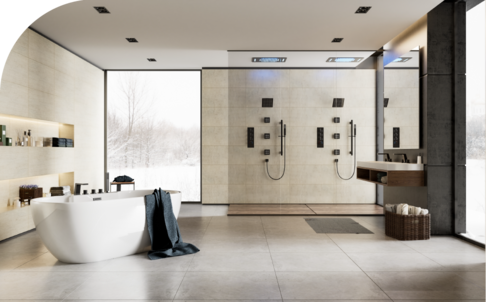
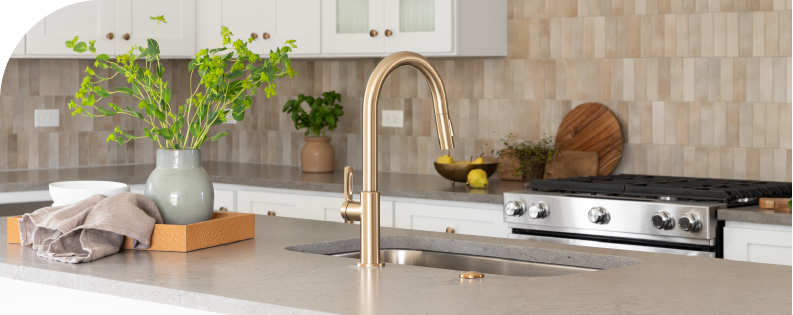
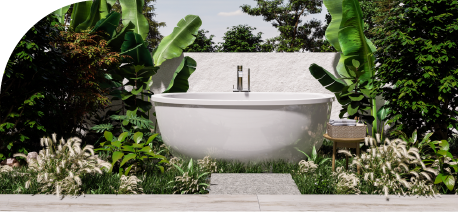
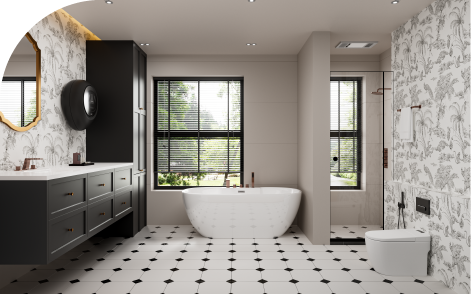
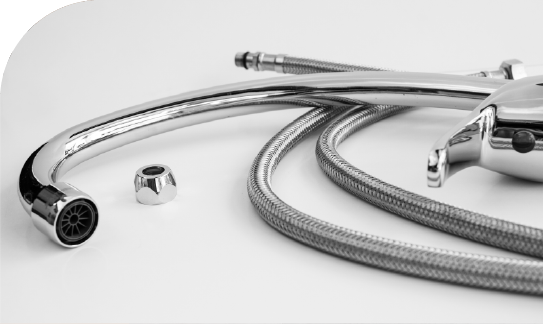
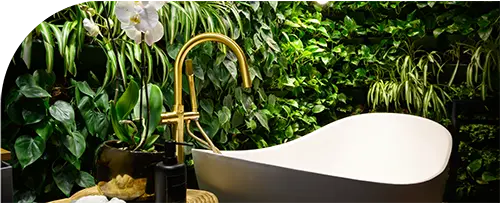
Leave a Reply